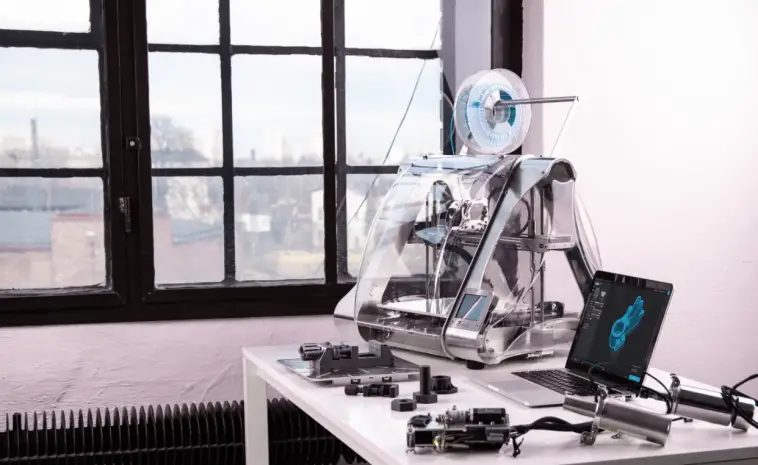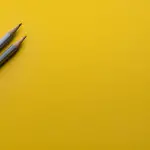Recently, 3D printing and mainly 3D printers have grown in leaps and bounds. In the past, these fantastic gadgets were only relegated to the most hardcore industry makers. However, things have taken a turn. Now, anyone can enjoy 3D printing even at home. But wait a minute! Before you can get into 3D printing, there are a few indicators you need to understand. Many 3D printers in the market have different specifications and cater to different needs. What’s more, there are some fundamental technicalities you need to understand about 3D printing. This article has a set of guidelines you need to follow when purchasing your 3D printer and what you need to look out for.
1. Filament vs. Resin
This is the first issue you’ll have to conquer when getting your printer. Both are worthy and should satisfy basic users. Filament 3D printers are more popular. Generally, an FDM (Fused Deposition Modeling) printer deposits the material starting with the bottom layer and building up. Resin printing, according to a review on the best DIY 3D printer kits, resin 3D printers use a liquid resin. Technically, resin printers provide better quality than their FDM printer counterparts. But, this comes at a price. Resin printers are messy and make set up and clean up tedious. They’re typically more expensive though you can still find affordable resin printers.
2. Printer Noise
A 3D printer noise is a huge factor you need to consider. Ideally, no 3D printer is completely silent, though some remain quieter than others. Also, physical setup can contribute to the noise level. For instance, if you’ll be printing in your room, the noise level plays a key role. Sometimes, even a relatively-sized print can take upwards of several hours. Even if you have a dedicated printing area, 3D printing sounds can be heard from several households away. However, you can incorporate a few tricks to try and reduce the noise. Placing the printer on a solid surface, a mat, and even dampening the surface can reduce the noise.
3. 3D Printer Speed
This is also an important parameter you need to consider when buying your 3D printer. Generally, the higher the printer speed, the better the printer. But, a faster 3D printer means you’ll have to dig deeper into your pockets. The speed also depends on what you expect from the part you want to print. Sometimes, even a higher speed comes with its disadvantages. The printer quality might be lower for faster speed. Eventually, you must decide what you prefer. You also need to understand that 3D printing is all about patience. It may take days or weeks to achieve perfect 3D print parts.
4. Reliability

3D printers will get damaged easily. However, even spending more cash on a printer doesn’t mean it will break less. If your printer breaks, you’ll be forced to fix it yourself or take it to a professional expert. Reliability also goes hand in with size. You might have the urge to get that big printer you can afford. However, the larger the printer, the more you are going to want to print. This means the longer it will take, especially if the printer is for an educational institution. Start with a small 3D printer before you buy a bigger printer.
5. Safety Features
Working with hot electrical equipment means you need to take extra caution. Remember to check for safety features, as this will improve your 3D printing experience. Safety features include things like an automatic nozzle for cooling when a print is complete. For example, if the printer has a heated bed, check for a feature that automatically switches your 3D printer off when a print task is completed. Additionally, try and avoid damaging prints with an excess filament. To do this, retract the nozzle automatically when a print is either complete or paused.
6. Consider Self-Leveling Bed
3D printers with a self-leveling bed are highly sought after. A manual leveling bed will give you headaches, is time-consuming, and frustrating. On the other hand, an unleveled bed messes prints. Fortunately, many prints come with auto-leveling features. Technically, a sensor tests different points on the print bed to correctly calculate the distance between the nozzle and the print bed. Next, software adjustments ensure that the nozzle maintains the right distance from the bed while printing. Though some users prefer manual bed leveling, an auto-leveling printer offers better print quality and experience.
Buying a 3D printer needs careful thinking about your specific preferences, use case, and needs. As mentioned above, resin printers are generally more expensive than filament 3D printers. However, with resin printers, you get better and satisfactory quality. But they’re also slower than filament printers. Noise level, printing speed, print quantity, and bed leveling are among the most important considerations.
Remember, buying a 3D printer can be expensive. It’s not just the outlay for the printer either. It’s the power to run it, consumables, training you and your workforce will need, etc. There are companies out there that offer a 3D printing service that might be more applicable to you and your business. Choosing whether you want to buy the printer or outsource the printing is a tough decision. Each business has its own needs. You just need to weigh up not only the cost, but the time it’ll take too.



